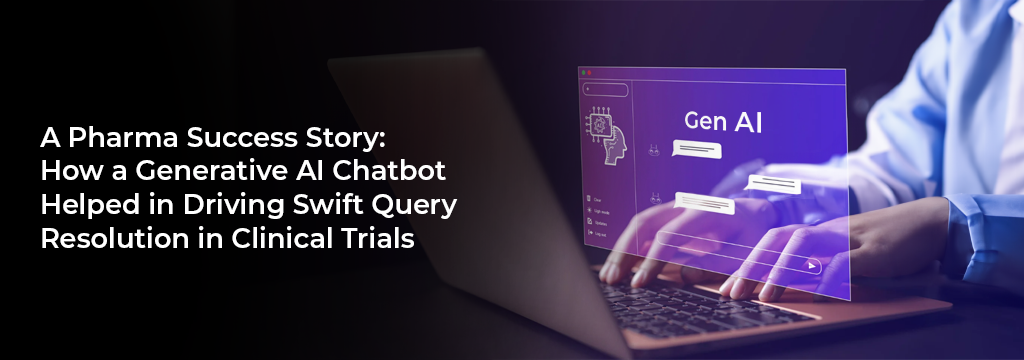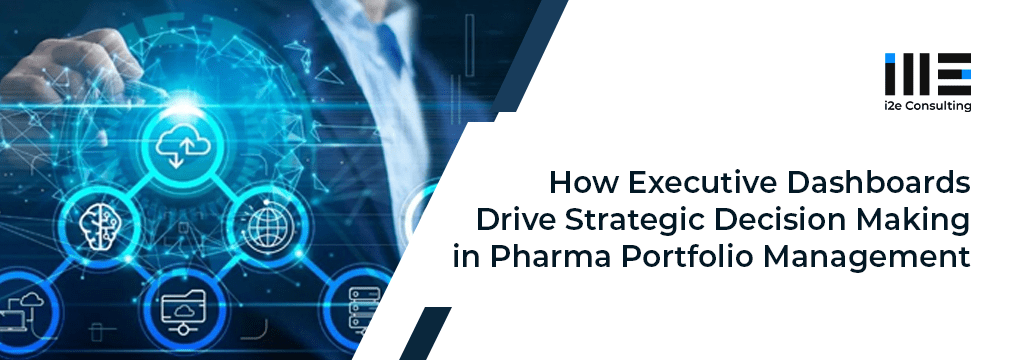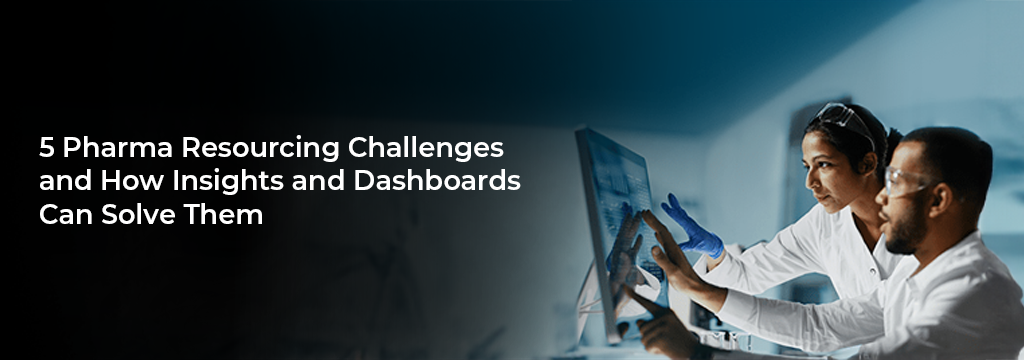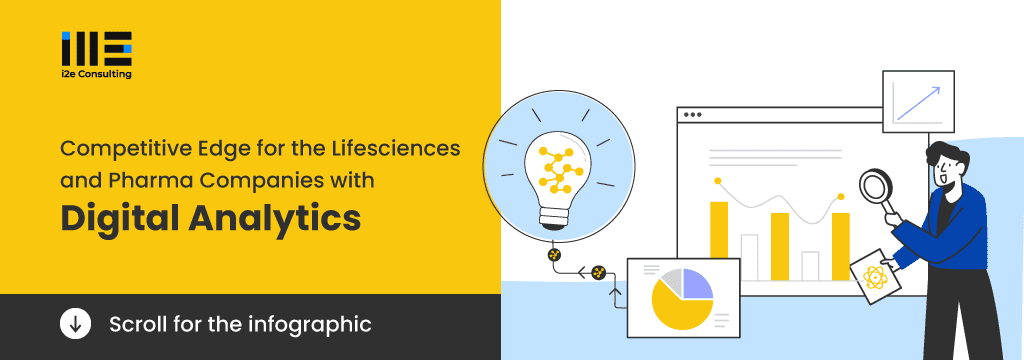
Digital Transformation use cases in Pharma and Healthcare - i2e Consulting
The COVID-19 pandemic has strained pharma and healthcare system, not just in India but worldwide. The demand and supply gap have exposed the vulnerabilities of the existing infrastructure of pharma ecosystem. The need of the hour is greater resilience and flexibility. Cloud technologies are gradually finding way in manufacturing, supply chain and delivery operations. With robust infrastructure adoption, it can very well expand into other commercial operations. This together with Artificial Intelligence in data analysis and monitoring is successfully administered in clinical trial, forecasting medicine and possible bottlenecks.
Through this blog we will discuss use cases of digital transformation in pharma and healthcare.
Quality Control
Digital quality can be used across the entire lifecycle of a drug. Quality begins in the development phase, manufacturing must assure that the availability of highly predictable products, quality team ensures compliance and ultimately, commercialization improves the quality-of-life for the patients. Today we have feasible technology where we can leverage the concepts of artificial intelligence, analytics, robotics, and automation that can successfully achieve a lifecycle of digital quality that encompasses, process development, clinical data management for product development or process optimization and predicting batch/process failures within manufacturing. There are about 11 use cases for the quality and potentially more. These include lab automation, compliant investigations, APR etc. Digital transformation has even greater impact on commercialization which goes beyond quality measures of call center optimization, remote monitoring, distribution and so on.
Digital quality leverages the collective knowledge of the organization. It allows faster product development and improves the speed to market and is of immense help within manufacturing and commercialization. You can easily adopt a SaaS model to avail these services.
Supply Chain
Digitization in Supply chain can help companies better manage cost of supply chain, services offered to customers and investments in inventories and infrastructure. Automated workflows are used by many organization in inventory reserve calculations. This substantially reduces the resources required in manual tasks and they can be repurposed to high-end work which have higher business value. Real-times updates can be made possible by connecting manufacturing with supply chain. Systems such as Manufacturing Execution System (MES) automate material flow and accurately capture cost information while maintaining quality. Such paperless workflows reduce waste, rework and scrap. Adopting a cloud solution improves pharmacovigilance, as it offers scalability, enhances compliance with E2B exchange, allows global case processing and speeds up case review.
Digital supply chain is more a necessity than innovation in the current situation.
R&D
Big data analytics could come to the rescue of declining success rate and stagnant pipeline of Pharmaceutical R&D.
Analytics today use modern representation and smart visual aids like AR/VR and MR that makes it very easy to process and comprehend information quickly. They use the appropriate indicators and offer an analysis of current projects, business development opportunities, forecasting, and competitive information. This expedites decision making effectively both. Analytics has found widespread use in predictive modelling of biological processes and drugs, safer clinical trials, collaborative efforts both within and outside organizations, regulatory submission to name a few. With advanced methods of data storing we can now break data silos. Data can flow easily yet securely within functions and enable real-time estimates that generate business value. Today we have specialized firms and companies that offer pharmaceutical analytics. Typically, they have a team of SEOs who will aide you with choosing the right metrices and once you finalize the model, their IT team will deploy a solution at your end.
Digital transformation in Healthcare
Several hospitals in India have been early adopters for seamless delivery of services through digital process and once the immediate term of the current pandemic subdues it will only expediate things. Healthcare systems can achieve their full potential when medical care and non-medical staff complement each other. There are available modular solutions available in the market solutions that offer IOT based monitoring, Workflow Automation for data led optimization, alerts, and escalations, location tracking for staff and assets, and remote consultations and telemedicine are a few used cases.
These elements improve the efficiency of operations, quality of care, and productivity of staff and assets. Thereby paving the way for better patient care. If statistics are to be believed COVID-19 is accelerating digital transformation in healthcare.
To thrive after COVID-19, digital transformation investment strategies are paramount. Whatever your digital transformation plan, it is important to have set quantifiable goals say for example the entire sales team will be in an e-detailing platform by the next 12 months or another target could be to reduce the downtime of the manufacturing set up by 30-40 percent. If you would like to implement any of these use cases into your business workflow, we at i2e Consulting will be happy to help.










